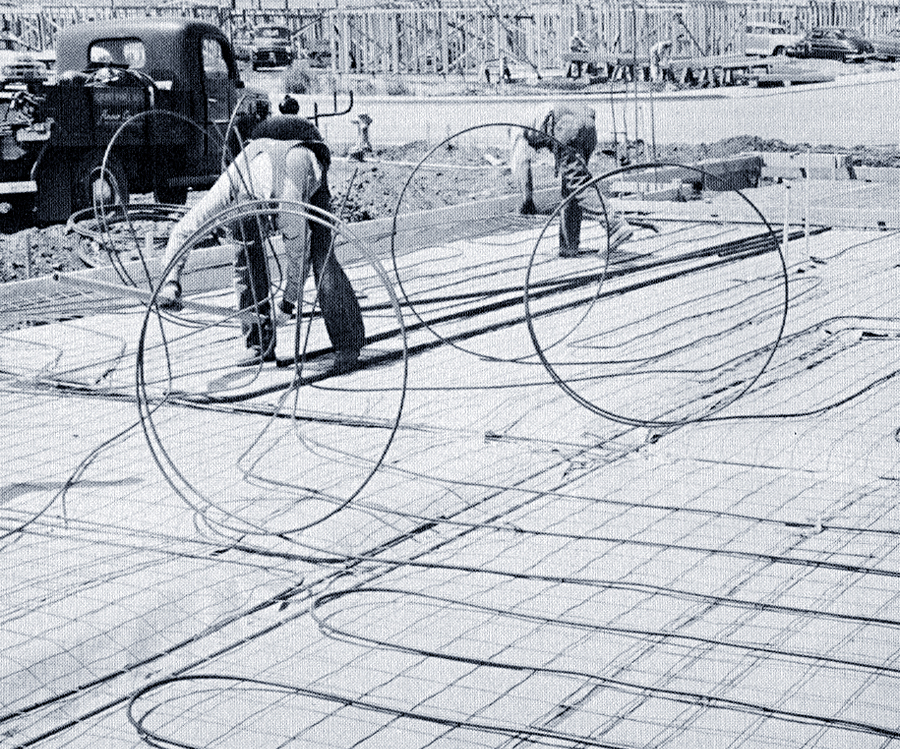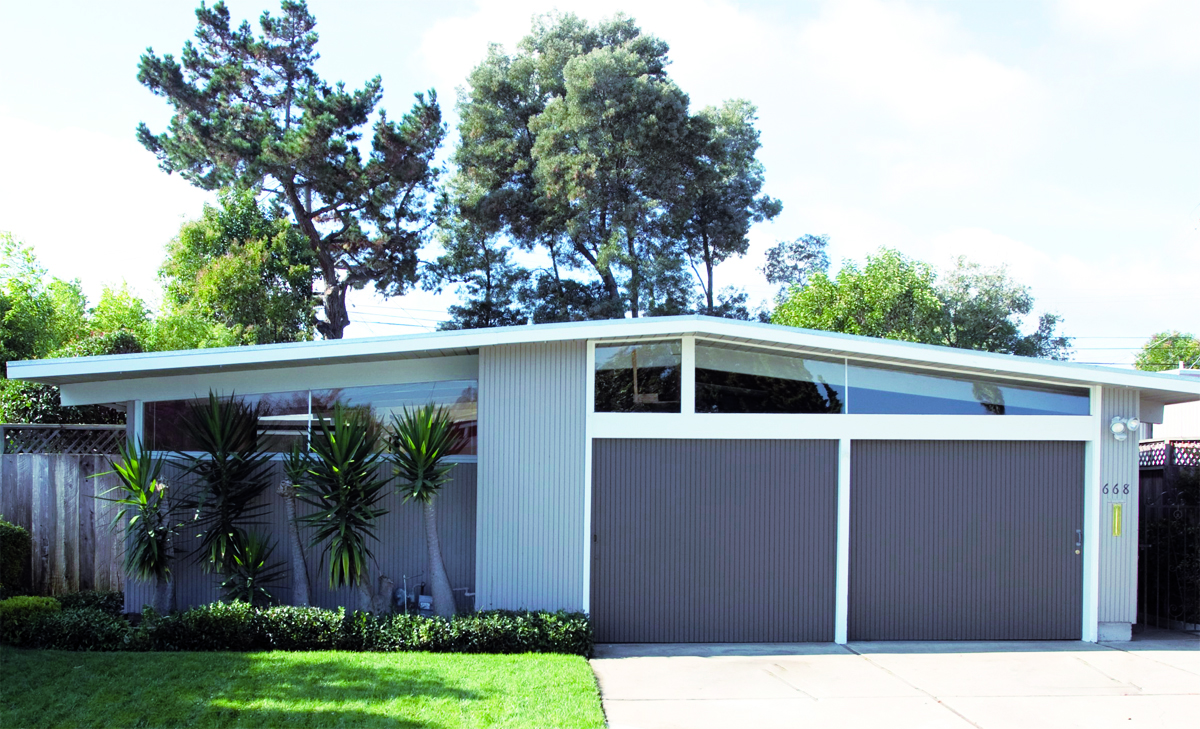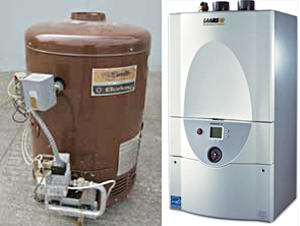Had Your 'Radiant' Checkup?
 |
|
|
 |
|
|
 |
|
|
Benjamin Franklin never met up with an Eichler, but he might have had radiant heating in mind when he coined the axiom, "An ounce of prevention is worth a pound of cure."
Of course, many of the Eichlers' 60-year-old radiant heat systems have given up the ghost and been replaced by baseboard or other hydronic systems. If you are one of those owners whose system still works, thank your lucky stars. Because it's likely that you, or your predecessors, were smart enough to heed the old saw.
"I have a lot of customers that absolutely love their radiant heat systems and are willing to put up with the inconvenience of them being maintained and repaired," says veteran Dan Rondou, owner of East Bay-based Heatsource, which does this type of work exclusively. "There are so many nuances here, so many things can go wrong."
This is why experts recommend regular inspections and tune-ups of radiant systems, including Rondou and the other radiant heat firms on the Eichler Network's roster of preferred service companies. It's smart to schedule such inspections during summertime, and certainly before cold weather kicks in and technicians' phones begin ringing off the hook.
When it comes to radiant heat issues, "One thing can lead to another," explained Rondou, who divided the maintenance issues into two categories: tubing, and the boiler and its components. "There's always the snowball effect: if something fails, it can cause greater [systemic] damage."
"There is a checklist that we go through," said seasoned expert Bob Reid, of Reid Heating & Energy in San Rafael, of radiant system inspections, which generally cost between $150 and $300, depending on driving time and other factors.
"It doesn't have to be a big, invasive thing," Rondou said of the slab inspection. "Obviously, we're looking for any signs of leaks or corrosion.
"Typically, it's corroding from the outside in," he continued, citing a shower or sink leaking into a crack in the slab as a typical cause. "There's a misconception: it doesn't happen from water being in the pipe, it's from the outside."
Both experts agree that copper tubing is reparable but steel tubing is not, although leaks can sometimes be controlled by reducing system pressure below the usually recommended 12 to 15 pounds per square inch.




